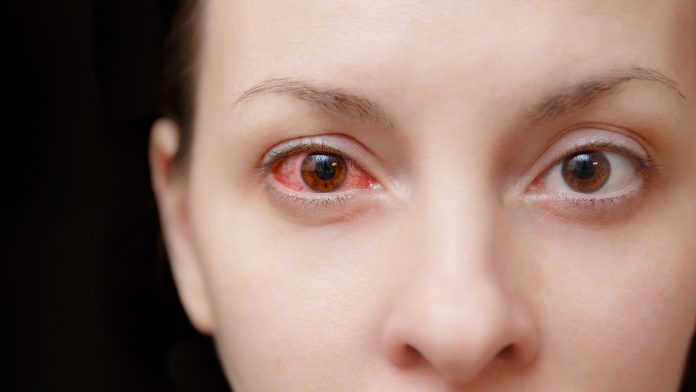
‘Smart contact lens’ technology can help prevent deaths caused by fungal eye infections in developing countries.
Methods of detecting dangerous bacteria and fungus in the eyes is currently an invasive and lengthy procedure. This process involves scraping the patient’s eye and is taken under anaesthetic. Samples are then cultured for 48 hours and examined under a microscope.
The technology would require patients to wear a special lens for one hour, with results being determined soon afterwards.
An accessible way to detect eye infections
The new technology would also reduce the reliance on antibiotics to treat eye infections, helping to combat antibiotic resistance. The researchers hope the technology will be suitable for home use and be available to the public in the UK and internationally.
The lens has been produced by researchers from the University of Sheffield, the University of Bradford, and the L V Prasad Eye Institute in India.
“This is vital work that could save the sight of many people worldwide, by swiftly and accurately diagnosing the infection in a much more comfortable way than is currently used,” said Dr Joey Shepherd, Senior Lecturer in Microbiology at the University of Sheffield’s School of Clinical Dentistry.
“It will also cut down on the misprescribing of antibiotics, which means that we will be helping in the fight to reduce resistance to antibiotics that develop in microbes when these medicines are used without properly identifying the cause,” he added.
Early lab tests have revealed positive results and human trials will be carried out further once more funding has been secured. The tests could be vital in treating eye infections in developing countries, where infections are often found too late to save a patient’s eye.
“We have produced a smart hydrogel which can detect two types of bacteria and fungus. This device is made from materials that are similar to those used to make contact lenses, which would be safely applied to the eye. The microorganisms get stuck to the material and can then be analysed,” said Stephen Rimmer Professor of Chemistry at the University of Bradford.
The fight against fungal infections
Last month the World Health (WHO) reported that invasive fungal diseases are on the rise globally, especially in people with underlying health problems or a weakened immune system. WHO also reported a link between the COVID-19 pandemic and increased fungal infections.
There has been a rise in deaths from mucormycosis or “black fungus”, one of the diseases associated with COVID-19. Diabetics who were treated for COVID-19 with steroids were at the highest risk. Research has found a 50% mortality rate in mucormycosis patients. Doctors believe the steroids may lower a patient’s immunity and drive blood sugar levels up, allowing the fungus to thrive.
“Eye infections – microbial keratitis – are a major cause of vision loss and blindness worldwide, and more so in India. Timely and correct diagnosis can facilitate the timely initiation of therapy with appropriate drugs and thereby limit vision loss from these disorders,” explained Dr Prashant Garg, Executive Chair, L V Prasad Eye Institute.
“The currently practised diagnosis method is invasive, time-consuming and expensive. The ‘smart contact lens’ technology could be the next big leap in the treatment of eye infections and our collective goal to eliminate avoidable blindness,” he concluded.
The researchers are now working to produce a second-generation prototype that can be used without laboratory facilities. The team are also using the device as a way of providing samples to laboratories for sequencing of microbes’ DNA.









